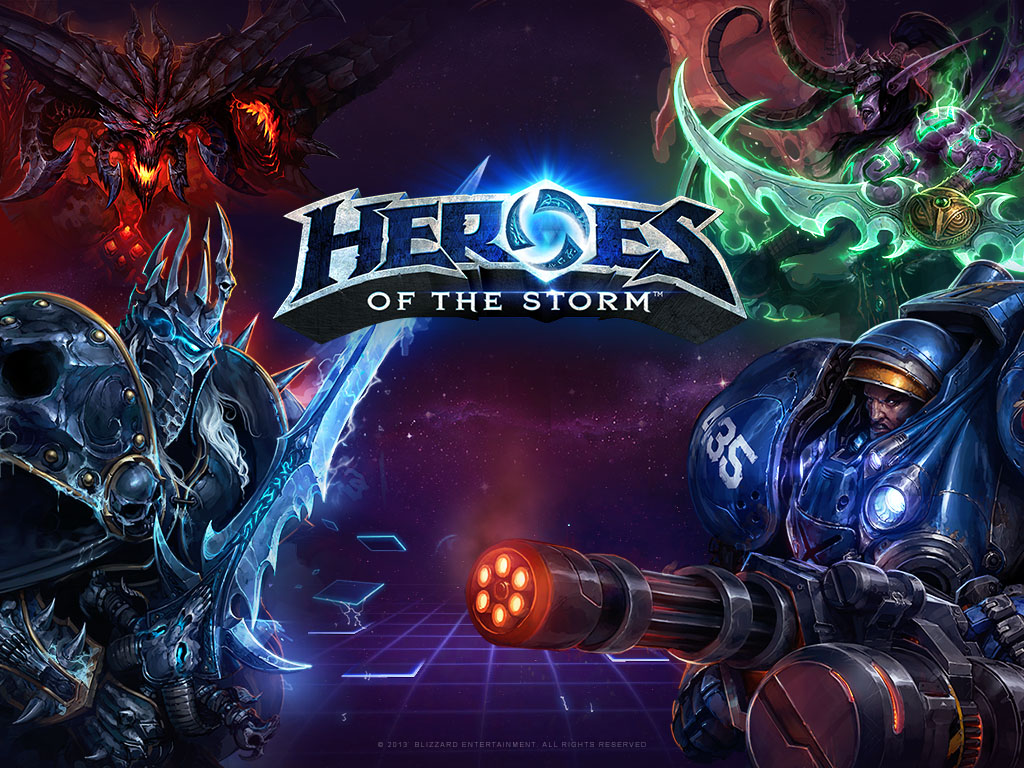

They being businesses. And this makes a lot of sense - if the cost of food for restaurants goes up, eating will probably cost more. The government has a producer price index because, “if it’s going up, what do you think they’re probably going to do? Well, eventually they’ll raise prices to consumers,” Stevenson said. CPI or PPI - they each have strengths and weaknesses in evaluating prices. What Stevenson means is there is no one measure of inflation. Our reporting journey started out innocently enough: to figure out what the producer price index can and can’t tell us about the consumer price index.īut when chatting with Betsey Stevenson, an economist at the University of Michigan, things got pretty existential pretty fast: “Actually, I think it’s a really good idea to even start with: What is inflation?” she said. That’s good, right? Because what happens with PPI eventually happens with CPI too, right? Eh … sometimes. PPI in April rose 2.3% from a year earlier, the lowest reading since January 2021. Thursday’s inflation report comes courtesy of the producer price index, which is a measure of what businesses pay for goods and services. On Wednesday, the latest consumer price index showed that inflation continues to cool, yet remains stubbornly high.


 0 kommentar(er)
0 kommentar(er)
